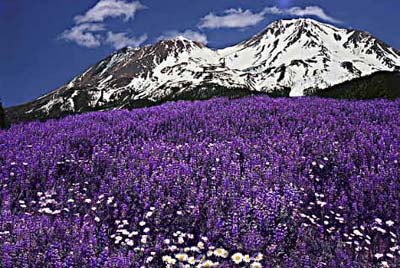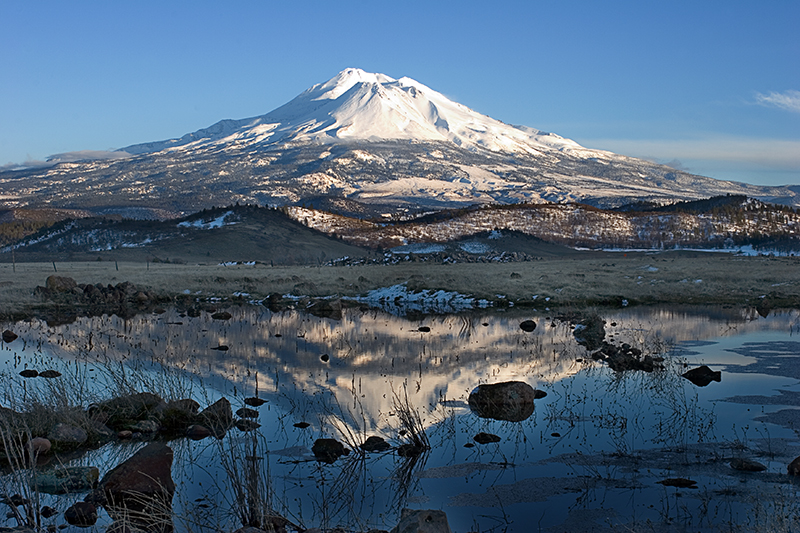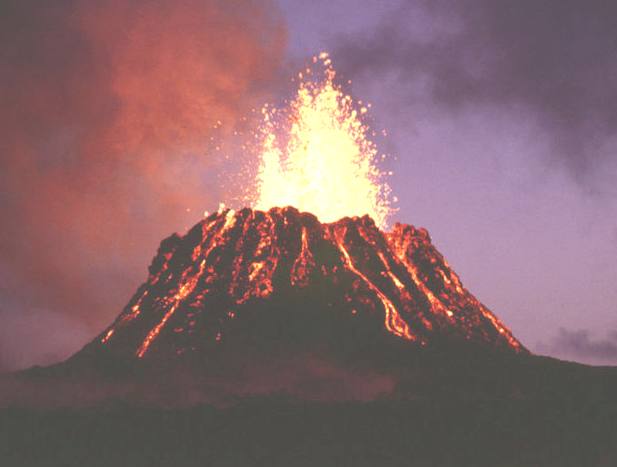The volcano, whose name means "Child of Krakatau," formed in the Sunda Strait close to Java island after Mount Krakatau's legendary eruption in 1883. It rumbled to life about two weeks ago and since then has been dazzling scientists and visitors with its amazing pyrotechnics.
Scientists monitoring the volcano say Anak Krakatau is not especially dangerous and will continue to rumble for some time, but warn people to stay out of a 1.9 miles zone around the mountain.
"We are a little worried sometimes when we heard the big boom and we see rocks that fall from, I don't know, half kilometer from the hole," Chad Bouchard, one of a group of eight tourists who spent the night in a boat in the ocean to watch the volcano.
"Sometimes we see the splash inside the ocean. That's a little scary but no, I think it might be stupid but I feel safe."





